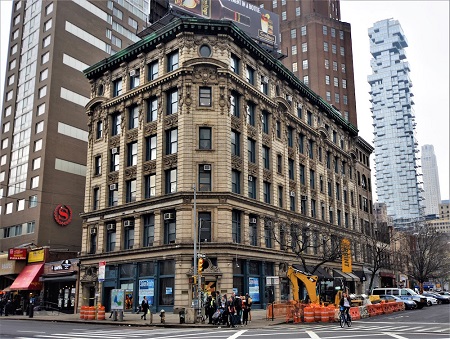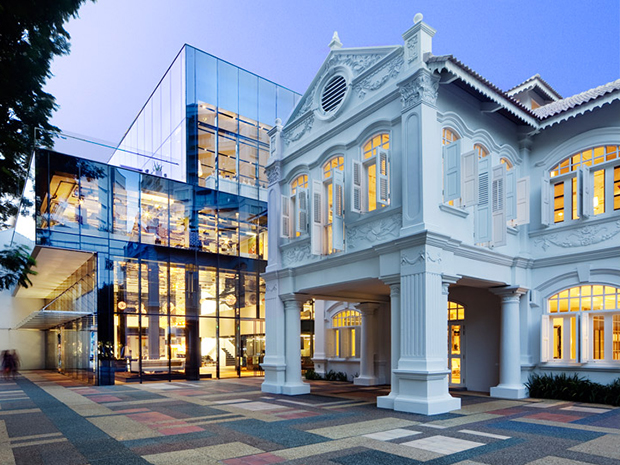
A Brief History Of Western Architecture
When an architecture firm flips through the history of Western architecture, one aspect jumps forth. With every new structural problem, they faced, they found innovative solutions. It is why their architecture varies from a simple shed roof to support horizontal beams. From the most ancient civilization to the present era, their construction methods have significantly evolved.
They have been the birthplace for many marvels like the simple trust and the vertical columns. In this article, we take a look at just the 19th Century of the Western world and what creations it brought about. Then we see the influence the time period has brought about in the building industry at large by talking about a few trends.
It was the 19th Century when steel construction was in its embryonic stage, and cast-iron was making its presence known. The two materials changed the way the West looked at buildings. A new dawn came with the new century, and it brought, with it, architecture that was:
- Taller
- Broader
- Lighter
Architecture In The West During The 19th Century
As the 19th century turned, a classical style of building flourished. To differentiate them from the Classical architecture of the Renaissance time, it was termed as neo-classicism. Throughout the 1800s, architecture was all about searching for the intellectual truth of the industry. What brought about this change? Till the previous century, buildings were adorned with ornaments, and an emphasis on illusion was kept. It was called the baroque style, and it was perceived as “untruthful.”
 Neoclassicism was all about fighting the baroque architecture. By the time 1800s were up and running, the entire architecture of the English countries was modern classicism. It has to be noted that mid-way to the century a revival in Greek architecture came about. All over the first -world countries, buildings popped up with partial or complete Greek feel.
Neoclassicism was all about fighting the baroque architecture. By the time 1800s were up and running, the entire architecture of the English countries was modern classicism. It has to be noted that mid-way to the century a revival in Greek architecture came about. All over the first -world countries, buildings popped up with partial or complete Greek feel.
The basis of 19th Century architecture was to create a modern style of building which would reflect the era. The idea was just like ancient monuments spoke about the specific characteristics of the age they were made in, 19th-century buildings should imitate the same. The “true style,” as neoclassical architecture was known at its start, was meant to be a stamp, a representative of the time to future architects and archaeologists. Here – Check out the impacts of industrialization in western architecture.
Vintage Design Tips In Building Architecture
Dwellion, a well-known architecture firm in Chennai, correctly points out that the impact the 19th Century creators wished to have genuinely translated. Till today, when building plans are made neo-classical and every other trend of the century are considered. Think about it. How common is it to see a vintage design? It is not just imitating those designs to recreate the feel of a by-gone time. We even draw inspiration from the century, time and again.

From music to fashion to art to architecture, there are small and big throwbacks to the 1800s all over the planet. It has touched every segment that requires design and every corner of the globe. Out of the many, here are two trends generated by 19th-century architecture that are still in use.
• As the 19th century was ending and 20th came knocking, art nouveau style became popular. Presently, the design style is used commonly in buildings to give a vintage look. It is characterised by:
o Curved lines
o Intricate details.
o Highly contrasting colours
o Ornate patterns
The style is inspired by the beauty of nature, which means flowers, plants, and the young female form are mixed into the design.
• Another trend of the 19th Century that is still influencing architecture is vintage badges and stamps. It evokes the feeling of a time when wood and rubber was used to stamp paper and books to create graphic images.
To sum it up, the 19th century was a critical period in architecture, which is why its impact will remain everlasting.

Leave a Reply